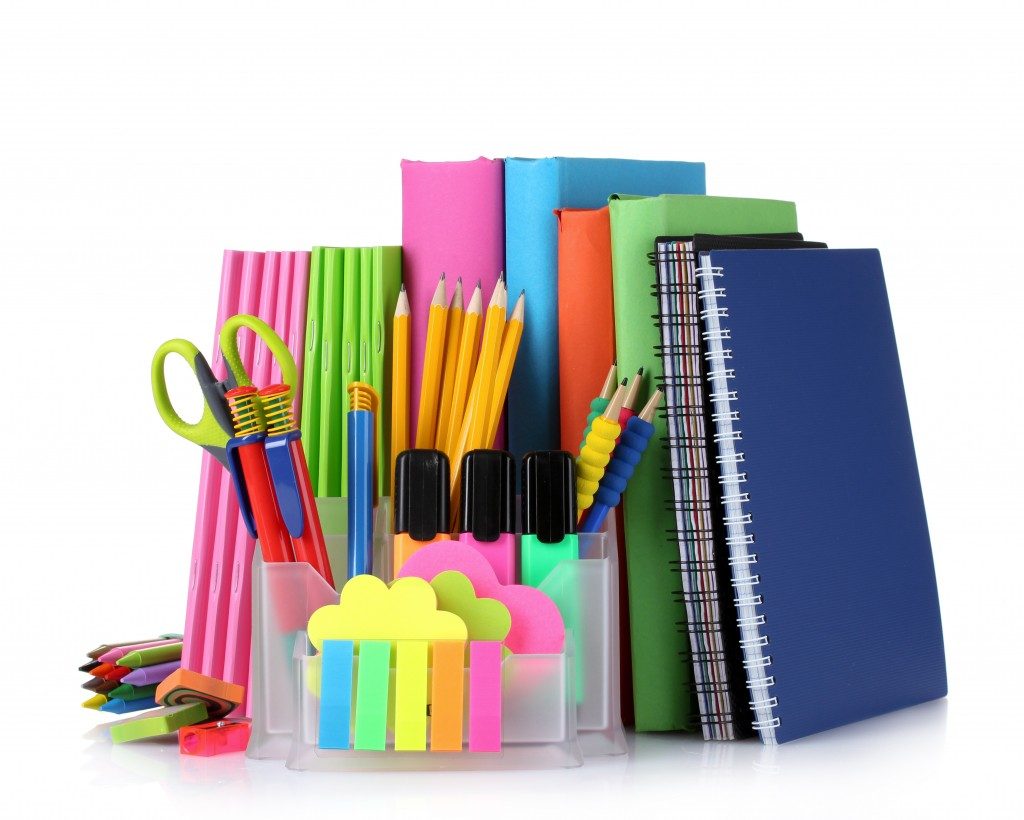The best stories do not always come from famous authors. All of the greatest poets and fiction writers around the world started out from being a clueless writer, receiving countless rejections from publications. Becoming a good writer is not that easy. This activity takes a lot of inspiration and creativity in order to produce a well-versed output for everyone to read.
Writing in School
The very first place a person learns to read and write is school. This is where a person’s character and valuable skills are built and honed. With this in mind, it is the teachers’ responsibility to establish an environment where students can learn cognitive and artistic skills while being able to express themselves. This could be done in the form of writing activities through the use of a book-making kit, for instance.
Teaching Students How to Write
But how should teachers go about this? It is said that real authors plan their plots, think about their characters’ motivations, think about character roles, create a world, and begin with a problem and a solution to that problem before they even start to write. It may sound complicated, but it is not.
One of the things that should be taught to kids is that when writing stories or pieces of fiction, the right tools should be used. When I say tools, I do not mean different kinds of equipment. The most important tool in writing would be the idea you want to focus writing on. With kids, it is easier since they are more creative thinkers. Keeping this in mind, the first step is to teach the students how to plan their own story.
Steps in Writing

Every story has its own introduction, body, climax, and conclusion. But before writing any further, students must first determine the setting of the story. This is where they would want various events to take place. After this, students can now proceed with the formulation of the characters of the story. I believe that from here, your students will be very much involved in their own fiction. They will be pretty much excited about how their own story will turn out to be. Since the students have developed the characters and the setting for their story, it will be easy for them to formulate fictitious events until finally they can draw their own conclusion to the story.
These are just some of the ways you, as the teacher, can engage your students in writing activities. These are just a stepping stone for your students to see fiction writing as an opportunity for self-development. While this may be a simple activity for some, you, as the teacher, can give your students hope that their stories can be published one day. Being a good writer does not happen in a flash. There are things you must learn to become one. At best, this activity should start with kids. Just like what most people would say, all things get better with time, most especially in writing.




